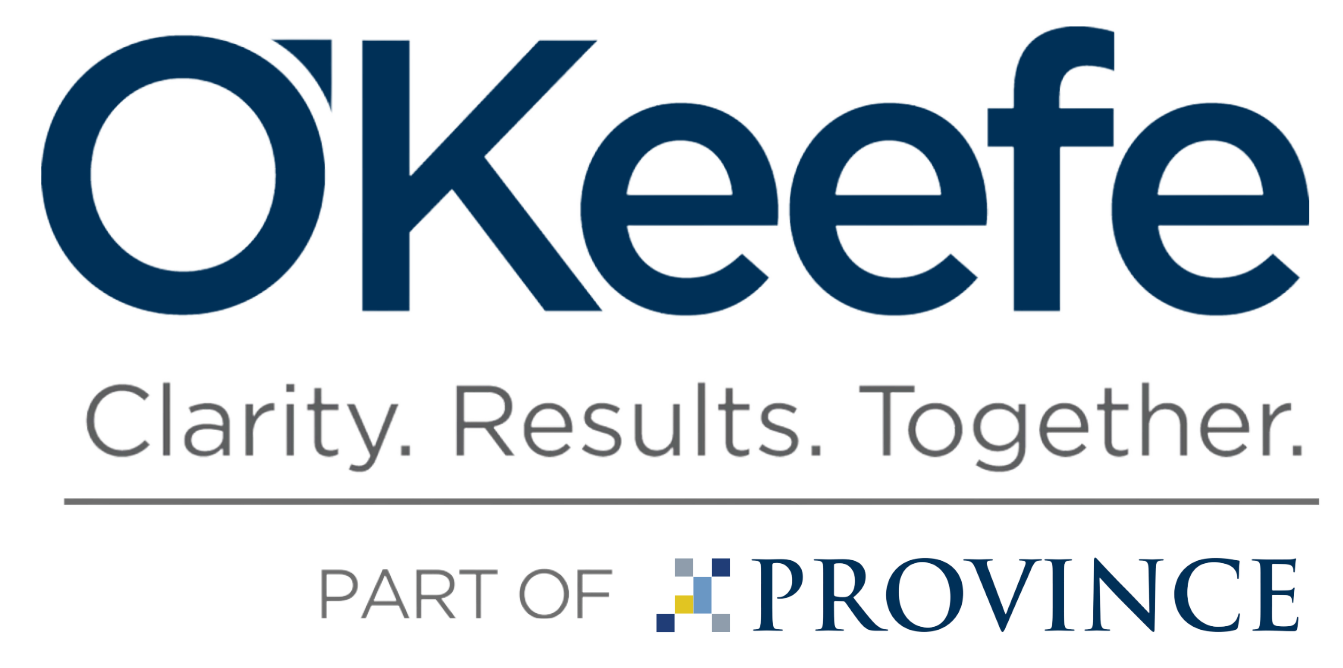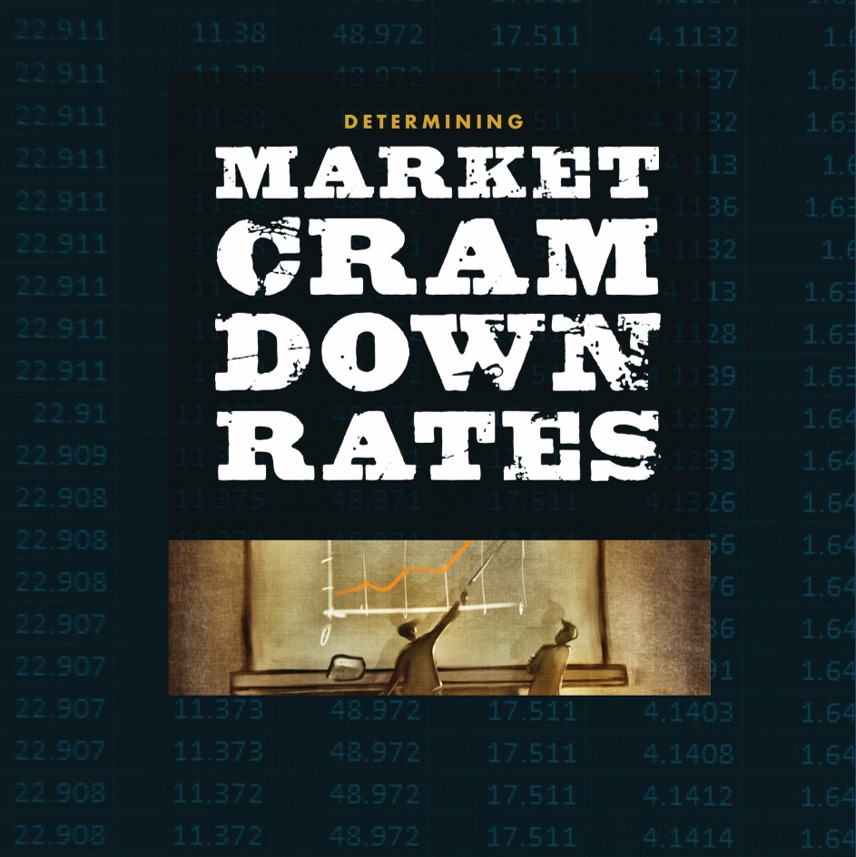Till’s Shaky Foundation
In Till v. SCS Credit Corp, 541 U.S. 465 (2004), the Supreme Court of the United States blessed us with a formula to determine the appropriate interest rate a lender should receive on a secured car loan claim in a “cramdown”. The Till case has received significant notoriety in a number of bankruptcy cases because the highest court in the land provided a new approach which other courts have utilized to determine cramdown interest rates in Chapter 11 cases. There are other such established guidelines in bankruptcy. As a prominent attorney once explained to me, “local rules” in bankruptcy are sometimes more like guidelines, the same notion expounded by Captain Hector Barbossa in the movie Pirates of the Caribbean when negotiating with Elizabeth over a gold medallion. When she demanded protection under the pirate code, Barbossa responded, “The code is more what you’d call ‘guidelines’ than actual rules.”
The “Till formula” guideline, like the pirate code, it is not a “cut and dried” law. As a financial and valuation practitioner who dissects, studies, and interprets complex financial information, it is frustrating to see how often fundamental financial concepts are misinterpreted and misapplied by our judicial system in the absence of sound legal guidance. As one who gives expert testimony in many judicial settings, I have to deal with decisions that twist, defy and even attempt to undo commonly held tenets of finance and accounting. This article will attempt to give scrutiny to the financial concepts at work in Till.
A common joke among valuation practitioners involves a husband’s business in a divorce proceeding. While the cap rates, discounted cash flows, and normalized earnings of the business were being debated by opposing experts, the presiding judge simply concluded that the value of the business was equal to the equity in the marital home. While this was a completely unscientific conclusion, the judge had boiled it down to a simple thought of fairness. That thought had little to do with the testimony, valuation reports, or financial statements; it just felt right to him.
It is interesting that the Till case, which involved a $4,000 car loan for an individual in a Chapter 13, has now been used to provide guidance in the reorganization of, say, a multi-million dollar real estate loan. The financial markets for cars and commercial real estate are very different, but I question whether the judiciary has any appreciation or comprehension of the magnitude of the differences. Perhaps it doesn’t matter, since the system appears to impose its own standard of “fairness,” not unlike the divorce case with its funny approach to valuing a business. But under the assumption that cold numbers will generally win over warm and fuzzy attempts at fairness, I will attempt to address the flaws I see in the Till formula and share some thoughts on an alternative.
The starting point for the Till formula is the prime rate. What is interesting about this foundation is that the prime rate is rarely used today to price loans, and it is almost never used to fix an interest rate over a long period of time. By definition, the prime rate is the rate given to the largest corporate borrowers who are financially sound and have the highest credit ratings – not your typical Chapter 11 debtor. In addition, over the past 10 years, the prime rate has been replaced by the London Interbank Offered Rate (LIBOR) as the index almost universally used in the U.S. to price funds. As our financial markets have become more efficient and international, LIBOR is viewed as a better starting point, and prime has fallen by the wayside as an outdated index.
Another problem with using the prime rate to determine the interest rate on a long-term loan is that prime is a variable, not a static, index. It has been adjusted 43 times since January 2000 and has oscillated between 3.25 and 9.50% over that period. With such a significant spread over those years, future changes in the prime rate would have to be considered if the debtor seeks a fixed rate over a long period of time. I have reviewed Till formula calculations in several cases. I have found almost no consideration for time adjustments to prime in the risk factors. In one case a time-related adjustment to prime was thrown out by the judge in an attempt to arrive at a prescribed result. This is silly and results in an unrealistic assumption – the prime rate will stay fixed over a long period of time.
In Till, the car loan considered was for roughly 2.5 years. Given the prime rate’s history of fluctuation, one can predict that the rate will change during a period as short as 2.5 years. For example, there were seven changes to the prime rate in 2008 alone! However, when the loan in question in a cramdown is a real estate loan with a period of 5 to 7 years or longer, the future trends of prime must be considered to lock in a prime-based fixed rate. There are many research publications that forecast the prime rate, including the USDA, IBISWorld, and the Blue Chip Financial Forecasts. The study of such trends is fundamental in establishing a fixed cramdown rate over a long term.
The whole purpose of the Till formula falls under the premise that there is no efficient market for the subject financing in a cramdown, which often seeks 100% financing of the secured claim. For real estate transactions, it is not arguable that efficient markets exist for financing between 50 – 80% loan-to-value (LTV), depending on the type of real estate. Consequently, if the purpose of Till is to determine a “fair rate” for the full secured claim, it stands to reason that the market interest rate is a good starting point to calculate a “fair” rate for 100% financing. Increasing the market interest rate of a standard 50 – 80% loan with a premium for the added risk of over-leverage and other risks can be a method to determine a “fair” interest rate on 100% LTV financing.
The bankruptcy court is not interested in providing a “fair” rate in financial terms. A “fair” rate, not unlike “fair” market value, requires willingness on both sides of the transaction. In a cramdown, the inherent premise is that the rate would not be favorable to the lender. The question boils down to just how unfair the rate should be, especially when one takes into consideration that the debtor is already getting favorable treatment by getting a loan at an LTV ratio that is not available to them in the market. My personal view is that the rate needs to be, at a minimum, at a premium over the conventional market rate financing under normal underwriting parameters.
Because cramdowns imply that the lender will be stuck with a discounted interest rate, the Till rate applied could be slightly less than a market-driven debt and equity cost weighting. The flaw in the Supreme Court ruling is that the weighted average cost of capital is not a concept that is considered since the additional security or mezzanine layer of debt or equity is not introduced into the bankruptcy. However, the common capital structure for acquiring and owning real estate requires equity if there is debt. Putting the lender in the position of supplying both the debt and equity in the transaction and then awarding the lender with a discounted cramdown interest rate for their troubles is evidence of the lack of comprehension of the full extent of the lender’s contribution and risk.
You will never convince me that a debtor’s rate of interest in a cramdown should be less than the efficient market rate for an under-leveraged transaction. This is a fundamental economic premise that riskier capital costs more than safer. Over-leverage and the elongation of the repayment period both impose additional uncertainty and consequently more risk and higher costs of capital. It is laughable that debtors sometimes propose plans assuming they are entitled to a lesser rate than the efficient market for under-leveraged real estate; because of the ability to grind through the machination of Till which does not specifically consider the “market rate”. This is purely wishful thinking by the debtor. It is important to note that in the cases involving the Till formula, there never has been a cramdown interest rate determined that was below the market rate for standard, performing loans.
In my opinion, a Till formula rate should never be less than the market for underleveraged transactions. The length of time of the reorganization plan requires a substantive adjustment. If you unsure of this logic, check the rate spreads for low to medium grade corporate bonds between short-term (1 year) and longer terms (5 years). Many of these spreads are between 150 and 300 basis points, which is 1.5 – 3.0%. A study of the maturities of Treasury bills found that on average, the market dictates a risk adjustment of 50 basis points for every year of additional maturity up to 7 years. The yield curve beyond 7 years flattens out. (Debtor planning point: if you want a lower rate pick a shorter period).
The Courts have ignored the efficient market rate for under-leveraged transactions as a base to evaluate the fairness of the Till formula’s foundation. However, I argue that the prime rate should be rejected as the foundation for at least 5 reasons:
- It is a variable rate.
- It is not widely used in pricing.
- It is not available to a debtor in bankruptcy.
- There are better indices to use which encompass time and risk.
- There are efficient market rates that are available to assist in getting to the a “fair” rate for a particular asset.
In conclusion, Till and its “guideline” formula are dinosaurs with misdirected intentions. While financial professionals who understand market influences and actively participate in pricing similar transactions can continue to give the Courts guidance for the variables for such a calculation it would be better to start with a more relevant foundation. The Till formula is the proverbial square peg in a round hole: short-term, small financing for a car being applied to long-term, mega financing of income producing real estate assets. Does that make any sense? Using the prime rate as the starting point in the Till formula is a little bit like using a ballpark to start a boat race; there are an overwhelming number of variables that need to be addressed to get enough standing water to make the boats float.
The Till formula should never result in a lower rate than that determined by an efficient market for under-leveraged property. Till forces us to ignore the 50 – 80% market-driven solution to the problem and introduces mathematic gymnastics to develop a 100% rate. It seems unnecessary and can lead to an unrealistic result dependent on too many subjective factors.
O’Keefe and Associates is a consulting firm providing transactional financial services to debtors and creditors.
Pat O’Keefe is the managing founder at O’Keefe and Associates and is recognized as an expert in the fields of corporate reorganization, debt restructuring, turnaround consulting, refinancing solutions, due diligence support, valuation and litigation support. He can be reached at pokeefe@okeefeandassociates.com.
Kevin Lucey is a Senior Associate at O’Keefe and Associates. Kevin’s experience working with troubled companies, manufacturing operations, finance, and accounting provides a strong base to approach diverse client issues. He can be reached at klucey@okeefeandassociates.com.


